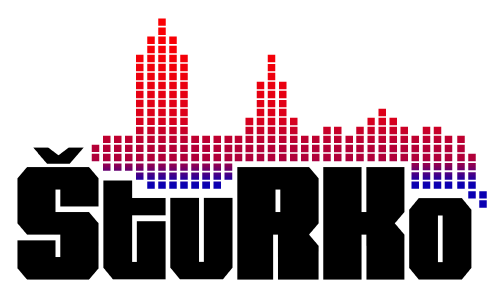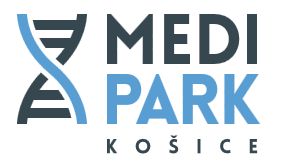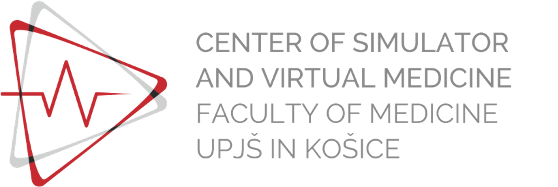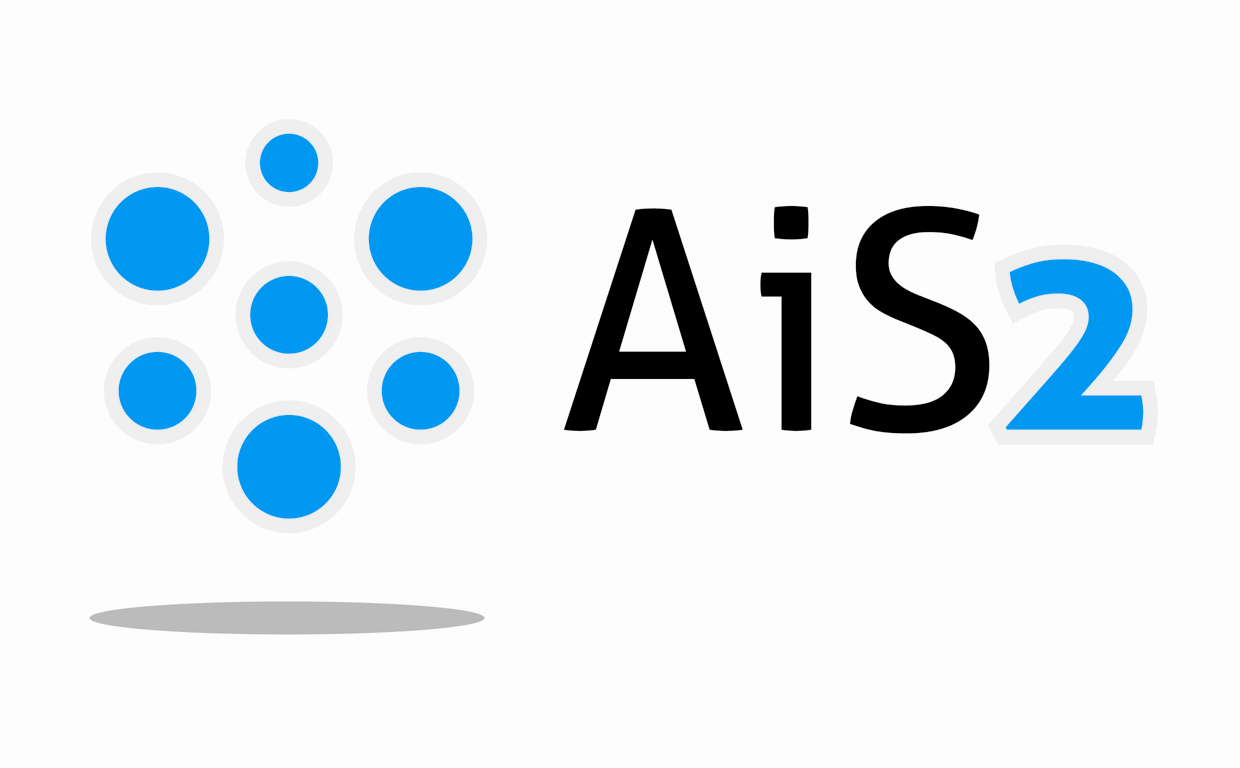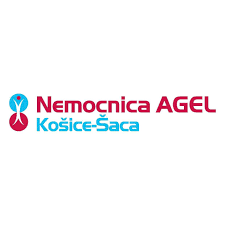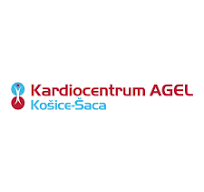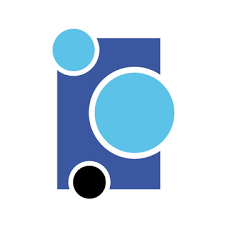As part of the five-day program of the University without Borders day camp at the Pavol Jozef Šafárik University in Košice, 56 primary school children were learning and having fun at our Faculty on Tuesday, July 26, 2022. The employees of six departments prepared for the children traditionally interesting lectures on various topics, as well as attractive practical activities. The children thoroughly enjoyed this colorful day and at the same time, they gave the Faculty a unique atmosphere combined with children’s joy and various curious questions…
The participants of the event were welcomed by the Vice-Dean assoc. prof. Silvia Timková, M.D., PhD. at the oldest Faculty of UPJŠ shortly after eight o’clock in the morning. The Vice- Dean introduced them to the activities of one of the highest quality educational institutions in Slovakia and the PR manager RNDr. Jaroslava Oravcová, PhD. informed the children what kind of program awaits them at the Faculty of Medicine and what they can look forward to.
We unraveled the mystery of fluorescence with the children at the Department of Medical and Clinical Biochemistry, – we described the luminous molecules that they can also commonly encounter in nature, for example in the luminous beetles that we call “fireflies”. They observed different luminous objects such as stones, wood, flowers, an egg, or human teeth. In addition, they saw how bodily fluids, the chlorophyll green dye, and other natural substances fluoresce in the dark.
We explained to the UWB participants what simulators and virtual reality are and how they are used in healthcare and in teaching medicine and other subjects at our Centre of Simulator and Virtual Medicine. We introduced them to several of our state-of-the-art devices in the Centre of Simulator and Virtual Medicine at the FM UPJŠ, which they could also try out. They were most interested in the virtual anatomy classroom, where they could see in 3D view various structures of the human body such as bones, muscles, nerves, vascular system, and various organs.
The children learned not only about viruses and bacteria that complicate our lives but also about useful microorganisms and looked at some of them magnified many times with a microscope at the Department of Medical and Clinical Microbiology. They swabbed each other’s throats or hands and transferred the samples to a nutrient medium in a petri dish, which they had first prepared themselves for culturing the microbes, and also saw what the already cultured bacteria looked like on agar.
At the Department of Nursing Care, they learned about the principles of wound care, and what should not be missing in the home first aid kit and tried to use tools such as tweezers, scissors, and a pean. Of course, they washed and disinfected their hands well before the treatment – whether they did it correctly, they found out with the help of an ultraviolet lamp…
After a good lunch, the children learned how to eat and live healthy, i.e. how our body works with energy intake and expenditure, what is considered risky food and what is considered healthy food, and why obesity is a disease that causes two hundred other diseases and how it can be treated.
The last interesting activity was a lecture entitled “The road to a healthy smile”, where they learned what human teeth and individual teeth are composed of and how they can be protected from plaque and decay through good hygiene. Of course, there was also practical training on how to brush teeth with different types of toothbrushes – a classic toothbrush and an interdental brush, as well as practical oral flossing.
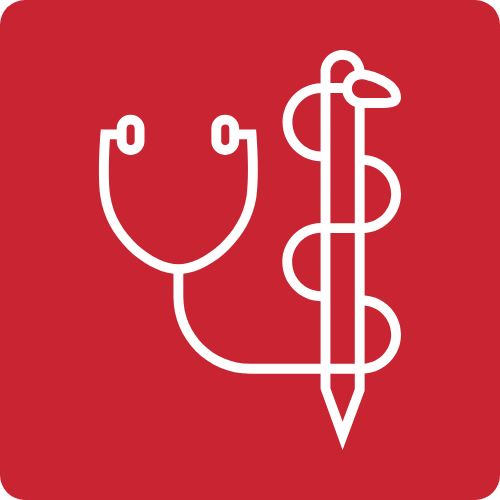
![[]](/images/photogallery/27515/01.jpg)
![[]](/images/photogallery/27515/02.jpg)
![[]](/images/photogallery/27515/03.jpg)
![[]](/images/photogallery/27515/04.jpg)
![[]](/images/photogallery/27515/05.jpg)
![[]](/images/photogallery/27515/06.jpg)
![[]](/images/photogallery/27515/07.jpeg)
![[]](/images/photogallery/27515/07.jpg)
![[]](/images/photogallery/27515/08.jpg)
![[]](/images/photogallery/27515/09.jpg)
![[]](/images/photogallery/27515/10.jpg)
![[]](/images/photogallery/27515/11.jpg)
![[]](/images/photogallery/27515/12.jpg)
![[]](/images/photogallery/27515/13.jpg)
![[]](/images/photogallery/27515/14.jpg)
![[]](/images/photogallery/27515/15.jpg)
![[]](/images/photogallery/27515/16.jpg)
![[]](/images/photogallery/27515/17.jpg)
![[]](/images/photogallery/27515/18.jpg)
![[]](/images/photogallery/27515/19.jpg)
![[]](/images/photogallery/27515/20.jpg)
![[]](/images/photogallery/27515/21.jpg)
![[]](/images/photogallery/27515/22.jpg)
![[]](/images/photogallery/27515/23.jpg)
![[]](/images/photogallery/27515/24.jpg)
![[]](/images/photogallery/27515/25.jpg)
![[]](/images/photogallery/27515/26.jpg)
![[]](/images/photogallery/27515/27.jpg)
![[]](/images/photogallery/27515/28.jpg)
![[]](/images/photogallery/27515/29.jpg)
![[]](/images/photogallery/27515/30.jpg)
![[]](/images/photogallery/27515/31.jpg)
![[]](/images/photogallery/27515/32.jpg)
![[]](/images/photogallery/27515/33.jpg)
![[]](/images/photogallery/27515/34.jpg)
![[]](/images/photogallery/27515/35.jpg)



